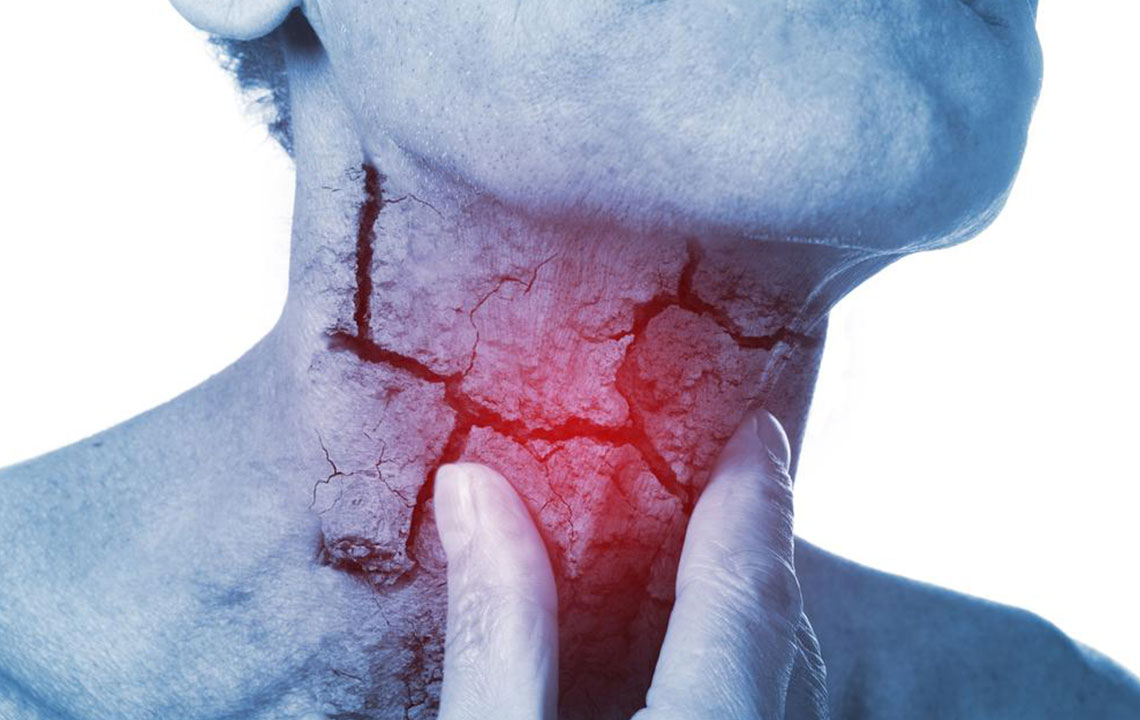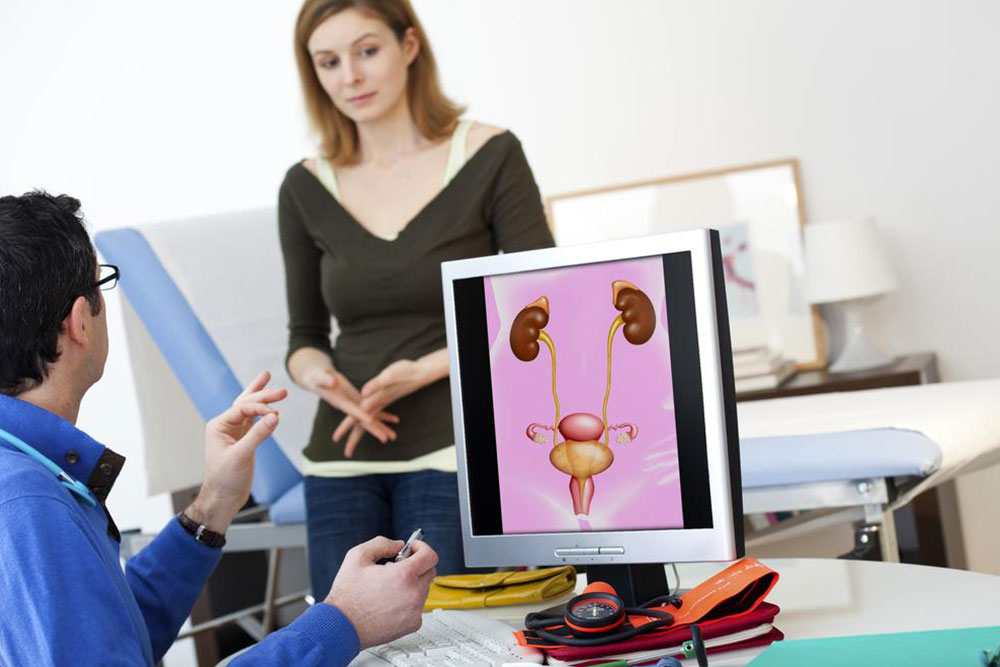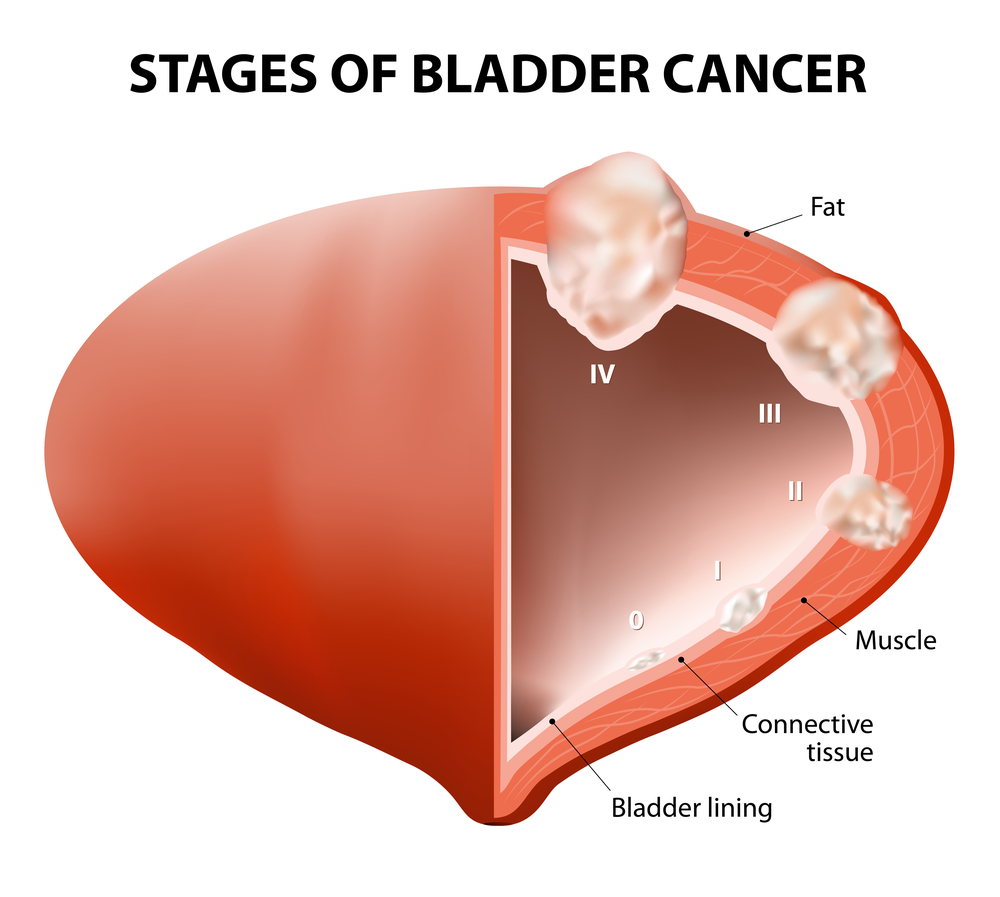Understanding Bladder Cancer: Types and Symptoms
This article explores the main types of bladder cancer, their symptoms, and important signs to watch for. Early detection is critical for successful treatment. Learn about urothelial carcinoma, squamous cell carcinoma, adenocarcinoma, and rare forms like sarcoma. Recognizing symptoms such as blood in urine, pain during urination, and lower back discomfort can prompt timely medical help. Consult healthcare professionals if you notice any signs. The piece emphasizes the importance of professional diagnosis and offers helpful insights into this common urological cancer.

Understanding Bladder Cancer: Types and Symptoms
Bladder cancer cases are steadily rising, making it one of the most common cancers in the United States. Men are significantly more likely to develop this disease compared to women. The condition begins when urothelial cells lining the bladder grow uncontrollably, forming a mass called a tumor. Tumors can be either malignant, which spread and grow invasively, or benign, which remain localized. Recognizing the symptoms early can lead to prompt diagnosis and treatment.
Types of bladder cancer
Urothelial Carcinoma: The most prevalent type, seen in approximately 90% of cases. It originates in the transitional cells lining the bladder.
Squamous Cell Carcinoma: Develops in response to chronic irritation or inflammation, comprising around 4% of cases.
Adenocarcinoma: Arises from glandular cells, making up about 2% of bladder cancers.
Sarcoma and Small Cell Carcinoma: Rare forms, with small cell types tending to spread quickly, while sarcomas originate in muscle or fat tissues of the bladder.
Recognizing symptoms of bladder cancer
Blood in urine, which may appear bright or dark red.
Pain, irritation, or a burning sensation during urination.
Change in urine color or appearance.
Difficulty urinating despite a full bladder.
Frequent urges to urinate.
Persistent lower back pain.
If experiencing any of these symptoms, consult a healthcare professional promptly for proper diagnosis and treatment.









